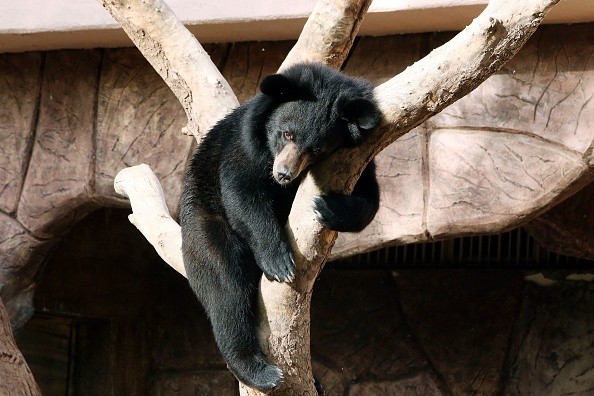According to DNA evidence, the 500-pound black bear, commonly referred to as Hank the Tank, is actually at least three not-so-small bears, more than 30 around Lake Tahoe in recent months. Is damaging the facilities of.
The Department of Fish and Wildlife announced Thursday that it will begin catching bears in the South Lake Tahoe area, tagging animals and collecting evidence of genetic analysis.
Bears have been released to "appropriate habitat" and authorities have stated that they will not euthanize captive animals as part of the project.
Black bear attack!

Conflicts between human bears occur almost daily in the Tahoe region, one of the most concentrated black bears in North America.
Located on the California border with Nevada and a major tourist destination, the region is home to more than 20,000 inhabitants.
On Friday, CBS Sacramento reported that one of Hank broke a window and squeezed it into Catalina Drive's house while the inhabitants were at home. Police responded by hitting outside the house until Hank exited the back door and disappeared into the woods, as per The Guardian.
A lone bear, also known as Jake or Yogi, or just a big guy, is "very accustomed to food," with some wildlife officials "lost all fear of humans" and seeing them as a source of food.
Officials and locals have identified a tough criminal in his dark coat and very large size, probably because he skipped hibernation.
However, in a statement Thursday, the CDFW states that identifying bears solely by their visible physical properties can lead to misidentification of bears. A genetic sample from a robber who was linked to Hank last Friday came from a female bear that wasn't included in the agency's database instead.
According to BBC, further DNA analysis of a similar incident in revealed that at least one other bear and one woman were also involved. The agency urged local residents to store food and debris more carefully to prevent bears from being drawn to the neighborhood.
Black bears and risk to humans
According to Britannica, black bears (Ursus americanus), also known as American black bears, are the most common bears from the Ursidae family, found in North American forests, including parts of Mexico.
There is only one species of black bear, but the colors are different even among members of the same litter. White markings may appear on the chest and may be V-shaped.
Depending on the color variation, black bears are often referred to as cinnamon bears, blue-gray or blue-black glacial bears, and white bears (mainly found in Princess Royal Island, United Kingdom) In fact, brown black bears are the most common in western North America.
Aggressive attacks are extremely rare and include the killing of all black bears.
North American black bears kill an average of less than one person per year, while 18-24 year old man most likely kills someone 167 times more than black bears, as per North American Bear Center.
Most black bear attacks are defensive reactions to people who are too close and can be easily avoided. Injuries from these defensive reactions are usually minor.
© 2025 NatureWorldNews.com All rights reserved. Do not reproduce without permission.





